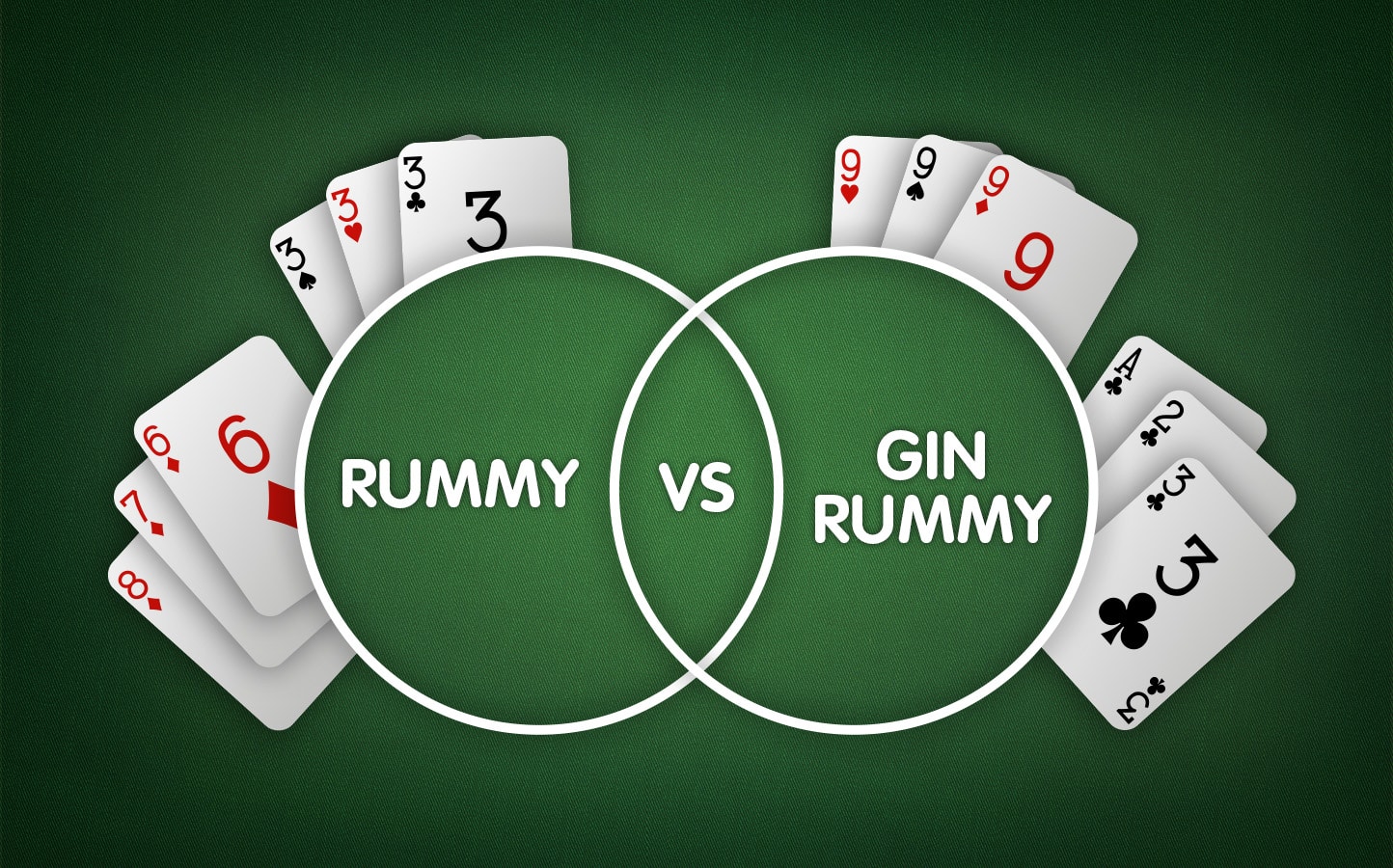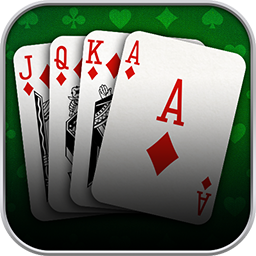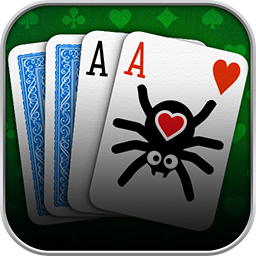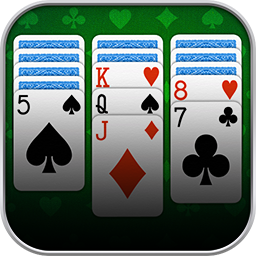Rummy and Gin Rummy are two popular card games that have entertained players for generations. And while these classic combination games share a common ancestry and have some overlapping features, there are a number of key differences between Rummy and Gin Rummy in terms of their rules, objectives, gameplay, and scoring.
Understanding these differences is a good starting point if you’re new to the world of Rummy and Gin Rummy, and can help you figure out which of the two games is more likely to be your favourite.
In this lesson, we explore the main differences between Rummy and Gin Rummy, as well as the similarities, and answer some common questions players have about these games.
Number of Players
Gin Rummy is typically played with two players, but can also be played with four people, with players working in two teams of two. Meanwhile, Rummy can be played with between two and six players. Rummy Palace supports either two, three, or four-player Rummy!
| Rummy | Gin Rummy | |
|---|---|---|
| Number of Players | 2 to 6 | 2 (under certain circumstances also 4) |
What is the Objective of the Game in Rummy vs. Gin Rummy?
In general, the goal of both games is to arrange all your cards into groups (also called sets) and sequences (also called runs). Both types of arrangements are called melds.
- A group is three or four cards of the same rank in different suits
- A sequence is three or more consecutive cards of the same suit.
In Rummy, the objective is to shed your entire hand before your opponent. To do so, you meld all but one of your cards into groups and runs by putting them on the table, and then end and win the round by discarding this last hand card.
In Gin Rummy, it is possible to end the round by knocking before you have arranged all your cards into melds. When you knock, you are announcing that you want to end the current round, and you discard a card for the last time from your hand. Only then both hands are revealed and the deadwood in each player’s hand (i.e., the cards that cannot be melded into a group or sequence) are compared, and the player with fewer deadwood points wins.
That’s not to say that you wouldn’t want to meld all your cards in Gin Rummy, as in normal Rummy. If you arrange all your cards into melds in Gin Rummy without any deadwood, you have achieved a Gin, which carries the benefit of bonus points, and eliminates the possibility of defeat by being undercut that remains with knocking. But more on this when we look at the differences in scoring between Rummy and Gin Rummy.
| Rummy | Gin Rummy | |
|---|---|---|
| Objective | Meld all your hand cards and discard the last card to win and end the round. | Meld as many (or all) of your cards as possible then knock and discard a final card to end the round. If you have less deadwood than your opponent, you win the round. |
Differences in Gameplay Between Rummy and Gin Rummy
Cards and Dealing
Both games use cards in the French suits Hearts, Spades, Diamonds, and Clubs. After shuffling the deck and dealing cards to all players, the remaining cards are set aside face-down as the draw pile in both Rummy and Gin Rummy.
Then, one card is removed and placed face-up next to the discard as the first open card in the game.
Now let’s look at the differences regarding the cards in use:
| Rummy | Gin Rummy | |
|---|---|---|
| Card Deck | Two decks of 52 cards each, plus six Jokers (110 cards in total). | One deck of 52 cards (no Jokers). |
| Cards Per Player | 13 | 10 |
| First Open Card in the Round | This card is merely the base of the discard pile and can be drawn by the first player. If they don’t want it, they draw from the draw pile instead. | This card is the base of the discard pile. But the first player must either draw or pass on it. Then, the next player must decide if they draw the open card or pass. Only if the other player also passes, the first player gets to draw from the draw pile instead and is not allowed to pick up the open card anymore. |
Rummy requires more cards than Gin Rummy to accommodate the differences in gameplay. As we covered above, in order to end a round of Rummy, you need to meld all your cards, meaning you will likely cycle through a lot more cards, whereas a round of Gin Rummy can end sooner if a player knocks.
Drawing and Discarding
Drawing and discarding cards is where Rummy and Gin Rummy share the most similarities. In both games, you begin your turn by picking the top card from either the stock or discard pile.
There is an extra step for the first open card in Gin Rummy. Check the table above or read our in-depth explainer of the Gin Rummy Rules to learn more.
During your turn, you try to combine the cards in your hand to form melds or add cards to existing melds. Once you’ve created all the melds that you can, you discard one card from your hand by placing it face up on top of the discard pile. In both Rummy and Gin Rummy, discarding a card ends your turn.
How Does Melding Work in Rummy vs. Gin Rummy?
In both games, melds must consist of a minimum of three cards, either a group of three or four cards of the same rank in different suits, or a sequence of three or more consecutive cards of the same suit. However, there are some important differences between Rummy and Gin Rummy when it comes to melding.
| Rummy | Gin Rummy | |
|---|---|---|
| First Meld of the Round | The first meld you play in a round must total at least 30 points. After that, no restrictions apply. | There are no rules or restrictions regarding the first meld. |
| Melding Cards | For a meld to count, the cards must be placed face-up on the table for other players to see. You can also add cards to other players’ Melds. | You arrange your cards into melds in-hand, and only reveal your melds to the rest of the table at the end of the round. |
These differences in melding add an extra layer of strategy to Gin Rummy: In Rummy you can see everybody’s melds, and easily know which cards have already been used. But In Gin Rummy, you need to pay close attention to the other discards and draws from the open pile to deduct what’s going on.
Joker
One of the major differences in melding relates to the Joker card. As we mentioned earlier, the Joker isn’t part of the deck in Gin Rummy, but it is used in Classic Rummy.
When melding in Rummy, you can use the Joker to replace a missing card and complete a meld. And if at any point you draw a card that a Joker is replacing, you can swap that card for the Joker in that meld, and then use the Joker elsewhere in a different meld. This makes the Joker a very powerful card in Rummy!
Ending a Round in Rummy and Gin Rummy
As mentioned above in the section about the objective of the game in Rummy vs. Gin Rummy, players can actively chime in the round’s end by discarding one final card after melding all other cards in Rummy or after melding enough cards to pass the deadwood threshold in Gin Rummy.
In both games, a round can also expire if not enough cards remain in the game, with a few subtle differences.
| Rummy | Gin Rummy | |
|---|---|---|
| Stock Pile is Used Up | If the stock pile is used up before any player is able to empty their hand, the round ends and no player is declared the winner. In this scenario, each player loses the number of points equivalent to the total value of their remaining hand cards. | The round also ends without a winner if the stock pile runs out. However, if a round of Gin Rummy ends like this, there is no impact on players’ points, unlike in classic Rummy. |
Knocking
The biggest difference between Rummy and Gin Rummy in terms of how rounds end – and possibly the biggest difference altogether – is the knocking in Gin Rummy. Once the total value of your deadwood cards is ten or less, you can knock during your turn to end the round.
Once you knock, you must discard one final card and then show the remaining cards in your hand, sorted into valid melds and deadwood, if you have any. Your opponent then does the same, but they can also lay off their deadwood onto any of your melds, unless you went Gin (i.e., you had no deadwood). Whichever player’s deadwood cards total the lowest value wins the round.
In contrast, standard Rummy does not involve knocking, although there is a variant of Classic Rummy with a custom rule whereby players can knock in order to receive the most recently discarded card outside of their turn. Read more about custom rules in Rummy available at Rummy Palace.
Scoring and Winning the Game in Rummy vs. Gin Rummy
Scoring in Rummy and Gin Rummy work in a similar way. In both games, broadly speaking, the winning player gains points based on the sum of the value of the unmelded hand cards of their opponent/s. In Gin Rummy, there are a couple of additional steps when calculating your score if you win a round, which are set out in the table below. There are also differences with regards to what happens to losing players’ scores.
| Rummy | Gin Rummy | |
|---|---|---|
| Winning Player | Gains the sum of the value of everybody’s remaining hand cards. | Gains the sum of opponent’s remaining hand card value, minus their own deadwood, plus bonus points if applicable. |
| Other Players | Lose their own remaining hand cards’ value (so they score minus points). | They don’t lose any points, they just don’t gain points. |
Another difference between Rummy and Gin Rummy here lies in how a player wins the overall game.
| Rummy | Gin Rummy | |
|---|---|---|
| End of Table | The game ends after a predetermined number of rounds has been played. | The game continues until one player reaches a predetermined points total. In Gin Rummy Palace you can set a score limit from 5 to 500 points. |
| Overall Winner | After the predetermined number of rounds has been played, the player with the highest overall score is declared the winner. | The player who hits the predetermined points total first is declared the winner. |
There are a number of special rules related to scoring in both games, so to find out more head over to our page about Scoring in Gin Rummy, and the scoring section of our Rummy Rules page.
Conclusion
Hopefully this lesson clears up the difference between Rummy and Gin Rummy. As you can see, while they have some similarities, Rummy and Gin Rummy are two distinct games in their own right, with their own rules, objectives, quirks, and benefits.
If you want to deep dive into the rules of either game, check out our comprehensive pages detailing the rules of Rummy and the rules of Gin Rummy.












